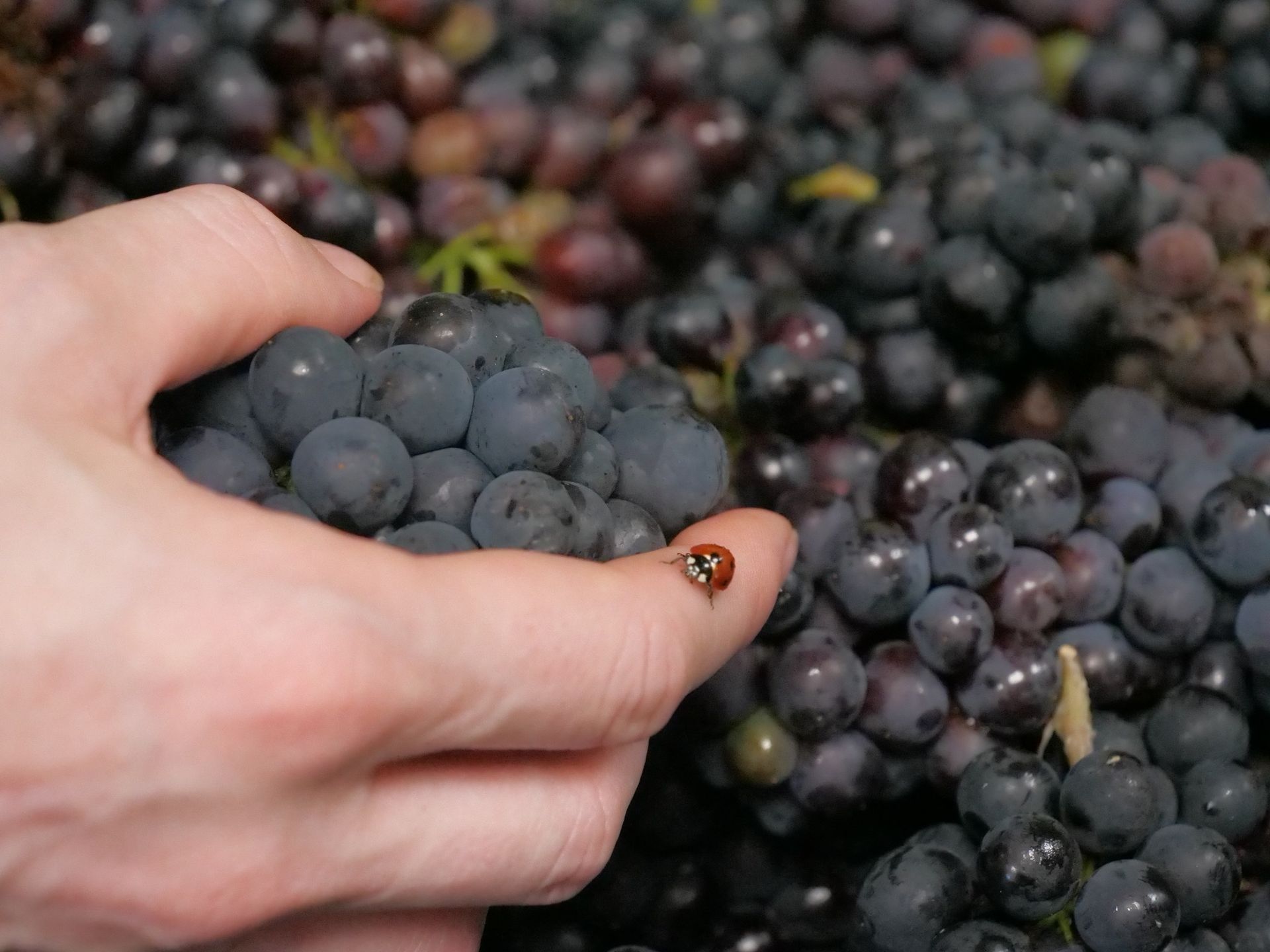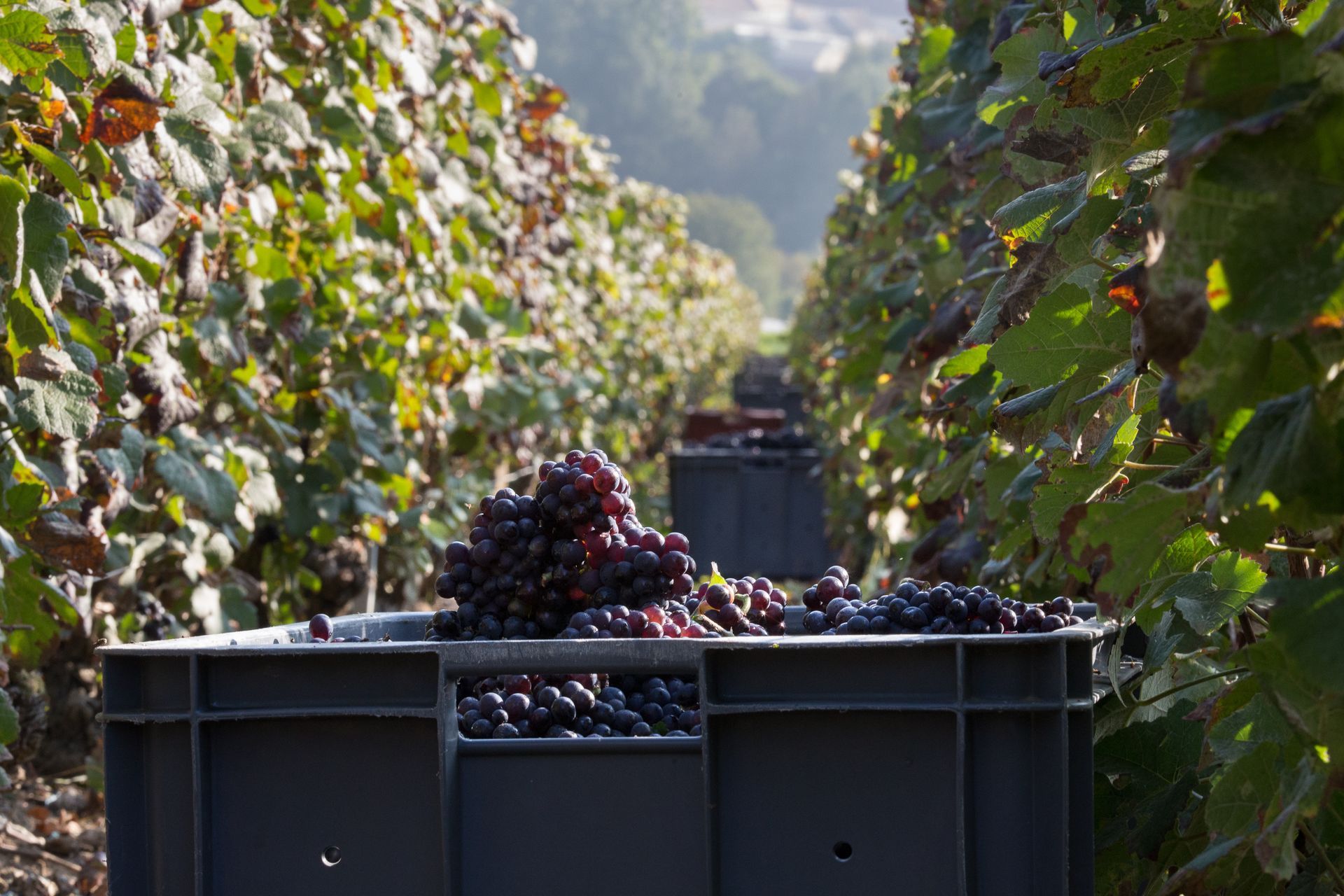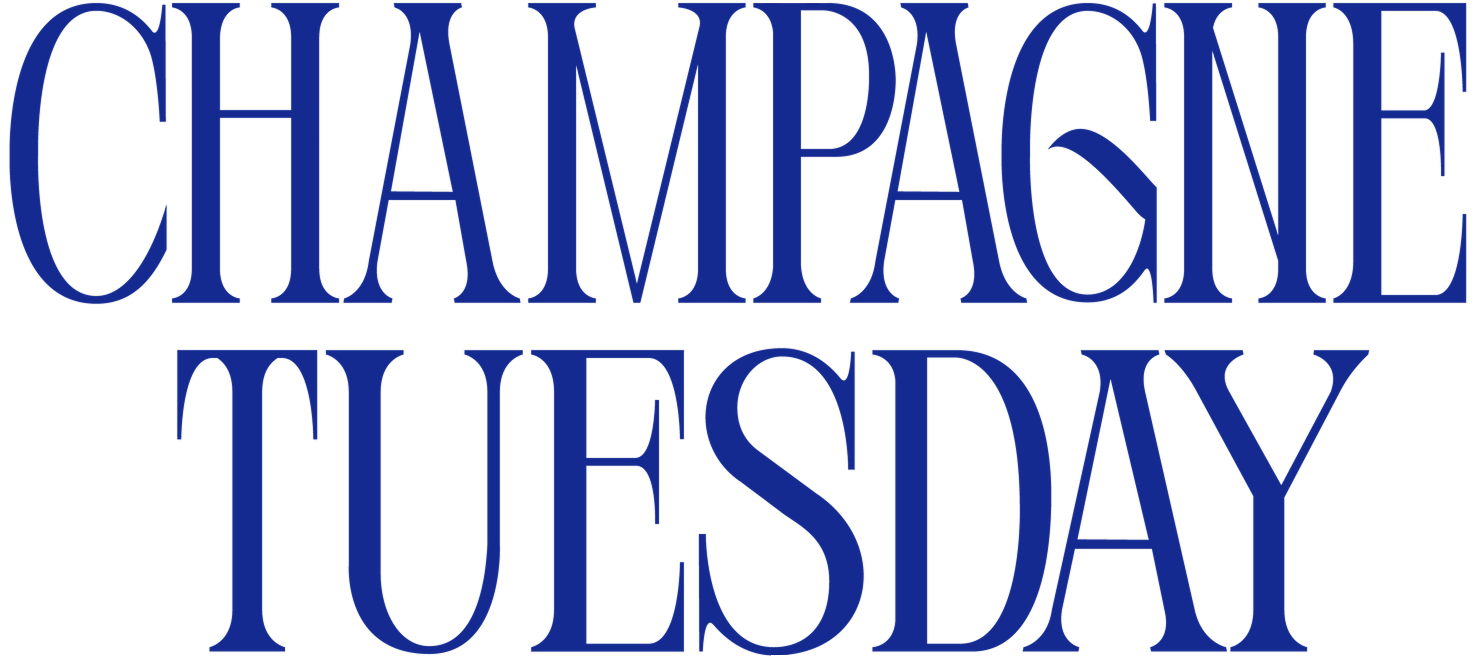Welcome to Champagne Tuesday
Most people don’t think to open champagne on a Tuesday night. But what if that’s exactly when it matters most?
Champagne Tuesday was built on that spirit.
The belief that champagne isn’t just for weddings and big milestones. It’s also for small victories. Quiet dinners. Unremarkable days that deserve a touch of something remarkable.
The Champagne You Don’t See in Stores
Most people know champagne by brand. The big houses. The glossy labels. The consistent style.
But that’s only part of the story.
There’s another side to champagne. A smaller, more personal one.
We focus on grower champagne. This is champagne made by the same people who grow the grapes. Families who farm their own vineyards, make their own wine, and shape each bottle by hand and by season.
It’s champagne with character. With a sense of place. And often, with a story that’s never been told beyond the village where it was made.
What We Do
We import grower champagne directly, and we share it with people who want to drink better—and understand what’s in their glass.
We visit the cellars. We walk the vineyards. We get to know the people behind the wine.
Then we bring their bottles, and their stories, home.
Champagne Tuesday is where we share all of it.
It’s part shop, part journal, part invitation to learn more and drink more thoughtfully.

Why It Matters
There’s a quiet shift happening in Champagne.
More growers are bottling their own wine. More drinkers are discovering just how varied,
vibrant, and expressive champagne can be.
But it’s still hard to find these bottles in the U.S.
That’s where we come in.
We help you discover wines that aren’t on grocery shelves or big wine sites. Wines made in small quantities, with care and intention.
We think once you taste them, you’ll understand why this matters.
For Curious Palates and Open Minds
You don’t need to be a sommelier or a collector to enjoy grower champagne.
You just need a little curiosity.
If you’ve ever wondered why wine from one vineyard tastes different from the next, or how
chalk soil shapes a wine, or what it’s like to harvest grapes at sunrise—this is for you.
If you simply want to enjoy a beautiful bottle without waiting for an occasion, this is for you too.
We’ll guide you. We’ll tell you what to try and why. But you’ll decide what you like. That’s the best part.
Let’s Begin
Champagne Tuesday is just getting started.
We’re curating our first collection. Welcoming our first members. Telling the stories that often go untold.
And we’d love to have you with us.
Because sometimes, the most meaningful moments don’t come with fanfare. They come quietly. On a Tuesday.
And they’re worth celebrating.
— Pops





